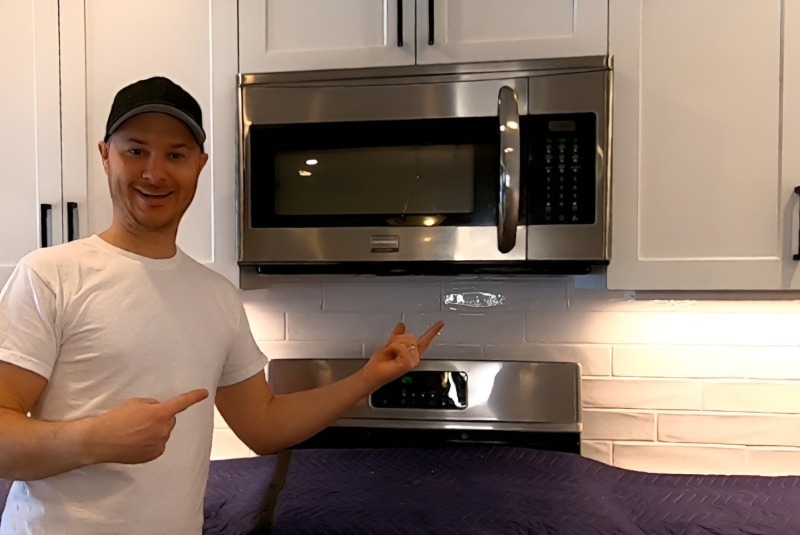1/22/2025 10:50 AM

Is your built-in microwave giving you trouble? These handy appliances are a staple in many kitchens, but they are not immune to issues. Understanding some common problems and knowing when to seek help can make all the difference. Here, we'll discuss several tips for built-in microwave repair and offer solutions for common errors.
One of the most frequent issues people encounter with a built-in microwave is the microwave not heating food properly. Before calling for professional assistance, ensure that the door seals are tight and free of debris, as this can prevent the microwave from operating correctly. Also, make sure the power level settings are set correctly; accidentally lowered power settings could fool users into thinking there's a malfunction.
Another common problem occurs when the microwave produces strange noises. This could range from a humming sound to grinding. Often, this can be traced to a turntable that's not rotating properly. Checking to see if the turntable is centered and free of obstructions is a simple DIY fix for this built-in microwave repair issue.
Error codes are another concern. If your built-in microwave displays an error code, it’s trying to tell you there’s a malfunction that needs fixing. While these codes vary between brands like Samsung, LG, GE, and KitchenAid, common codes indicate issues like a defective temperature sensor or faulty door switch. It’s best not to attempt a complex repair if you're unfamiliar with microwave internals. In these cases, we strongly advise calling our company at [Your Contact Number] to book an appointment with a qualified technician who can safely address your built-in microwave repair needs.
If the microwave fails to start, the cause might be as simple as a blown fuse or a tripped circuit breaker. Make sure your microwave is plugged in and check that the circuit breaker isn't tripped. For fuses, unplug the unit, remove the access panel, and carefully inspect and replace any blown fuses.
Regular cleaning and maintenance can prevent many common issues. Ensure that the inner cavity is free of food particles that could attract pests or deposit moisture. Use a damp cloth soaked in mild detergent to wipe down the interior and exterior.
Ultimately, while some built-in microwave repair issues can be resolved with a few basic troubleshooting steps, others may require expert attention. Keep safety a priority and don’t hesitate to reach out to professionals for assistance when encountering complex issues.